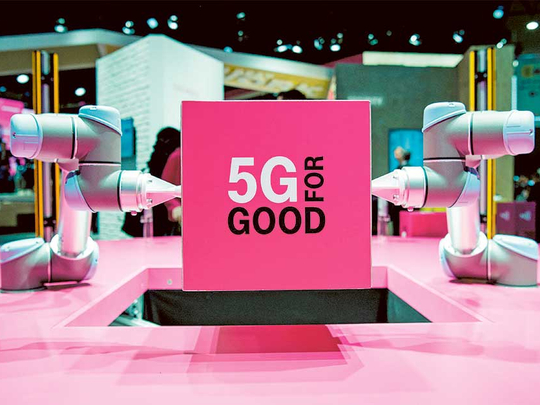
Barcelona: 5G connections are forecast to reach 1.1 billion by 2025, accounting for approximately one in eight mobile connections worldwide, according to GSMA report.
5G is the evolution of the current 4G network. Testing and trials are currently happening that will give a speed of 10Gbps and a latency of 0.1 milliseconds.
“The 5G era will usher in innovations that enable richer, smarter and more convenient living and working, making possible a huge array of new applications, everything from sensor-driven smart parking to holographic conference calls,” said Mats Granryd, director general of the GSMA.
“5G is an opportunity to create an agile, purpose-built network tailored to the different needs of citizens and the economy. But it is vital that all stakeholders work together to ensure that 5G is successfully standardised, regulated and brought to market.”
Requirements
However, he cautioned new demands will be placed on the finite spectrum available. “We will need greater bandwidth to meet the speed and capacity requirements of an increasingly connected society. Operators must be prepared to meet the challenges of a network designed for people and machines, and governments and service providers must also be ready to meet the demands that lie ahead.”
“The success of 5G depends on the adoption of common global standards to ensure that all parties can begin using 5G as a platform for innovation as quickly as possible and at the lowest possible cost,” he said.
The current market penetration rate for 4G is 21 per cent and will increase to 41 per cent by 2020.
GSMA said 2016 saw 580 4G networks launched in 188 countries covering 60 per cent of the world population.












